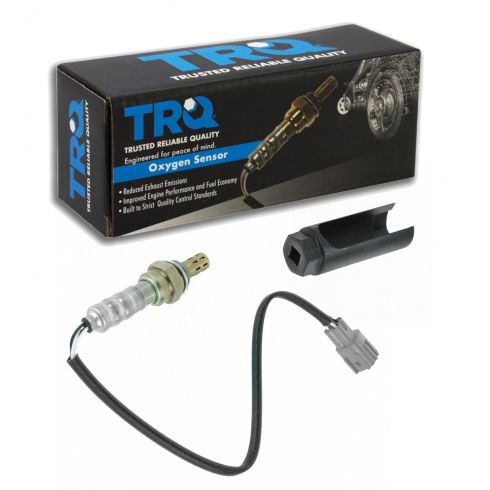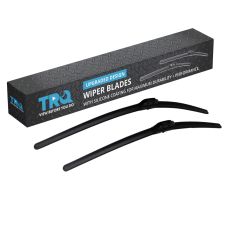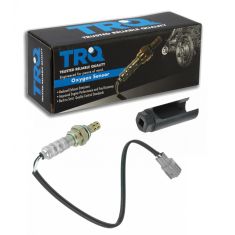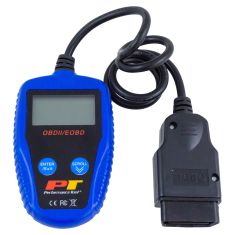1AEEK00510-Toyota Lexus Pontiac Scion O2 Oxygen Sensor TRQ OSA61644















Replaces
2012 Toyota Venza V6 3.5L Downstream Rear O2 Oxygen Sensor TRQ OSA61644








Recommended for your 2012 Toyota Venza
Frequently bought together
Product Reviews
Loading reviews
Customer Q&A
No questions have been asked about this item.
Toyota is a registered trademark of Toyota Motor Corporation. 1A Auto is not affiliated with or sponsored by Toyota or Toyota Motor Corporation.
See all trademarks.














